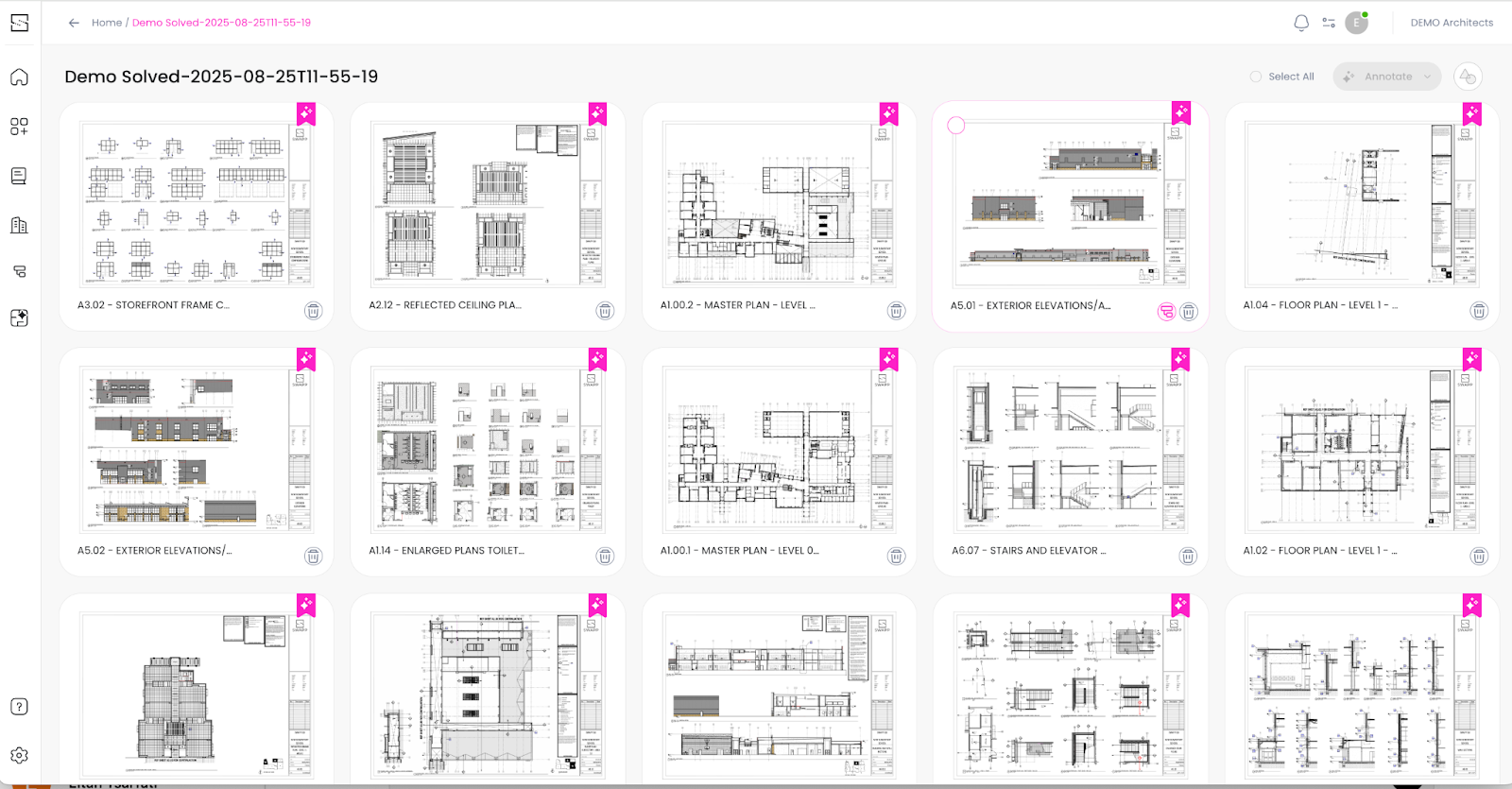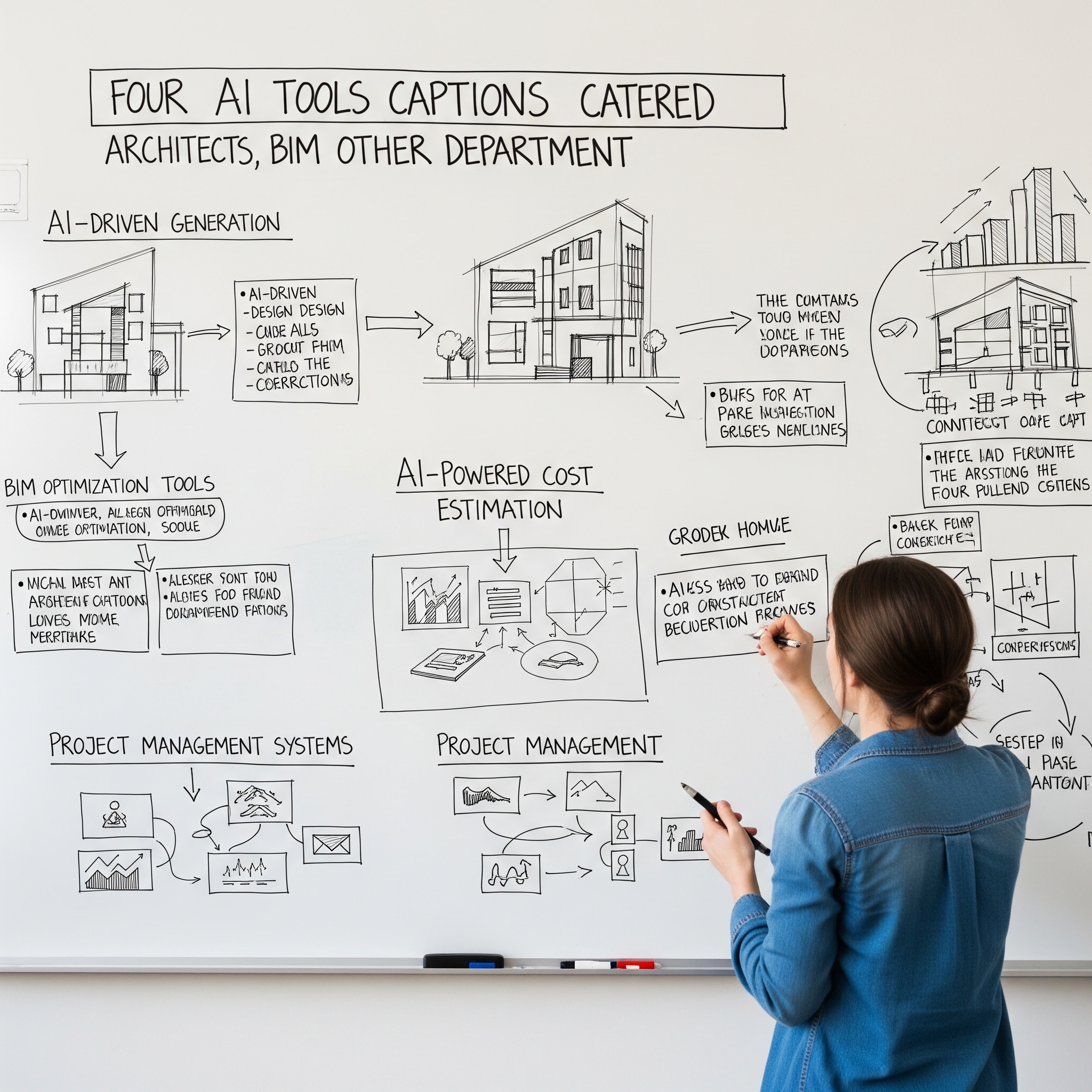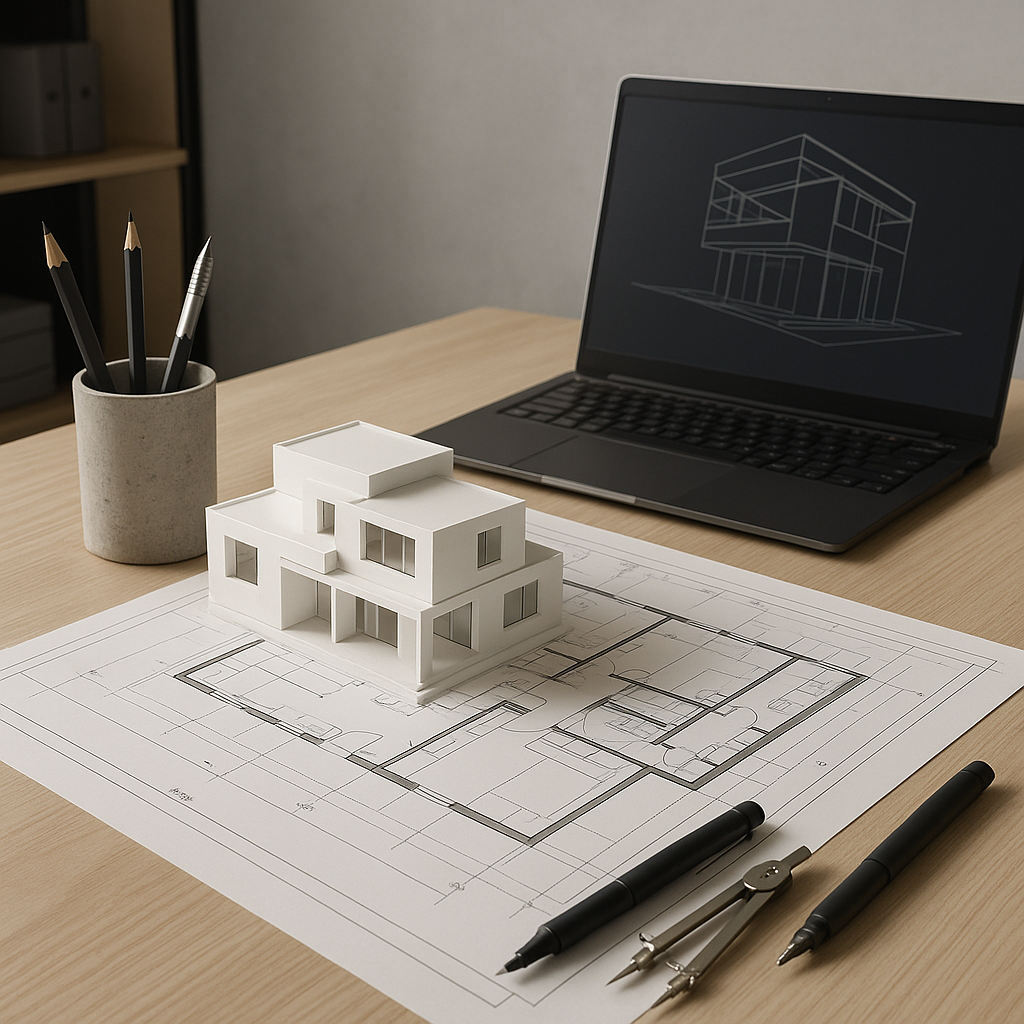The construction industry has always faced intense pressure—tight deadlines, tight margins, constant coordination. But right now, a quiet shift is happening. Artificial Intelligence is moving in—not to replace—but to reshape how construction gets done.
We’re not talking about science fiction. We’re talking about real impact: fewer delays, fewer errors, smarter decisions, and safer sites.
AI in construction management is here—and it’s changing the game for everyone who builds.
The Impact of AI on Construction Management
AI is no longer a future concept in construction. It’s already being used to solve some of the industry’s oldest problems: waste, inefficiency, miscommunication, and risk.
The application of AI in construction management helps companies predict outcomes, allocate resources more effectively, and adapt faster when things go off plan. Whether it’s optimizing schedules, analyzing drone footage, or flagging safety risks before they happen—AI is stepping into the core of construction strategy.
This shift isn’t about removing people from the process. It’s about giving project teams more control, more foresight, and more time to focus on what humans do best: solve problems, make decisions, and lead.
Key Areas Where AI is Used in Construction Management
Predictive Scheduling and Risk Management
AI systems can process millions of data points from past projects and ongoing work to identify risk factors early and suggest adjustments. That means fewer surprises—and better on-time delivery.
Generative AI in Construction Planning
Generative AI is helping planners and engineers explore better ways to sequence work, plan materials, and simulate outcomes before ground is even broken. It’s not replacing expertise—it’s multiplying it.
Site Monitoring and Safety
AI in construction safety is one of the most impactful applications today. Using cameras, sensors, and real-time data, AI can detect hazards, track compliance, and even alert managers before an accident happens.
Design Coordination and Clash Detection
AI tools can analyze architectural and engineering plans to catch inconsistencies and overlaps early. This cuts down on costly rework and accelerates approvals.
Procurement and Resource Allocation
AI construction tools help project managers forecast demand and manage supply chains with greater precision. That means the right materials, at the right place, at the right time.
How AI Drives Collaboration in Construction Projects
Construction is a team sport. Architects, engineers, contractors, suppliers, inspectors—all moving parts that need alignment. That’s where AI thrives.
With the help of AI tools, teams can share models, track progress in real time, and make decisions based on unified data. Everyone works from the same truth, which means less conflict, more accountability, and faster momentum.
This kind of collaboration used to be aspirational. Now it’s achievable.
We’ve already seen this shift on the design side—where new technology is enabling architects to realize their dream designs and address talent shortages. The same kind of leap is happening now in construction.
The Role of AI in Green Construction
Sustainability goals are no longer optional—they’re expected. And AI is helping builders hit those targets with data, not guesswork.
AI can optimize energy modeling, reduce material waste, and simulate environmental impact during early planning stages. It also supports smart maintenance strategies after the project is built.
Whether it’s through material tracking or performance modeling, AI in the construction industry is becoming a key ally in green building strategies.
What’s Next for AI in Construction
This is just the beginning.
We’re moving toward a future where job sites will be more connected, safer, and more responsive. Where AI will help projects adapt in real time, not after the fact. And where those who embrace these systems won’t just keep up—they’ll lead.
Because AI isn’t about replacing people. It’s about amplifying their expertise and enabling better outcomes for everyone involved.
Construction is evolving. And those who build with AI in mind will help shape what it becomes next.



